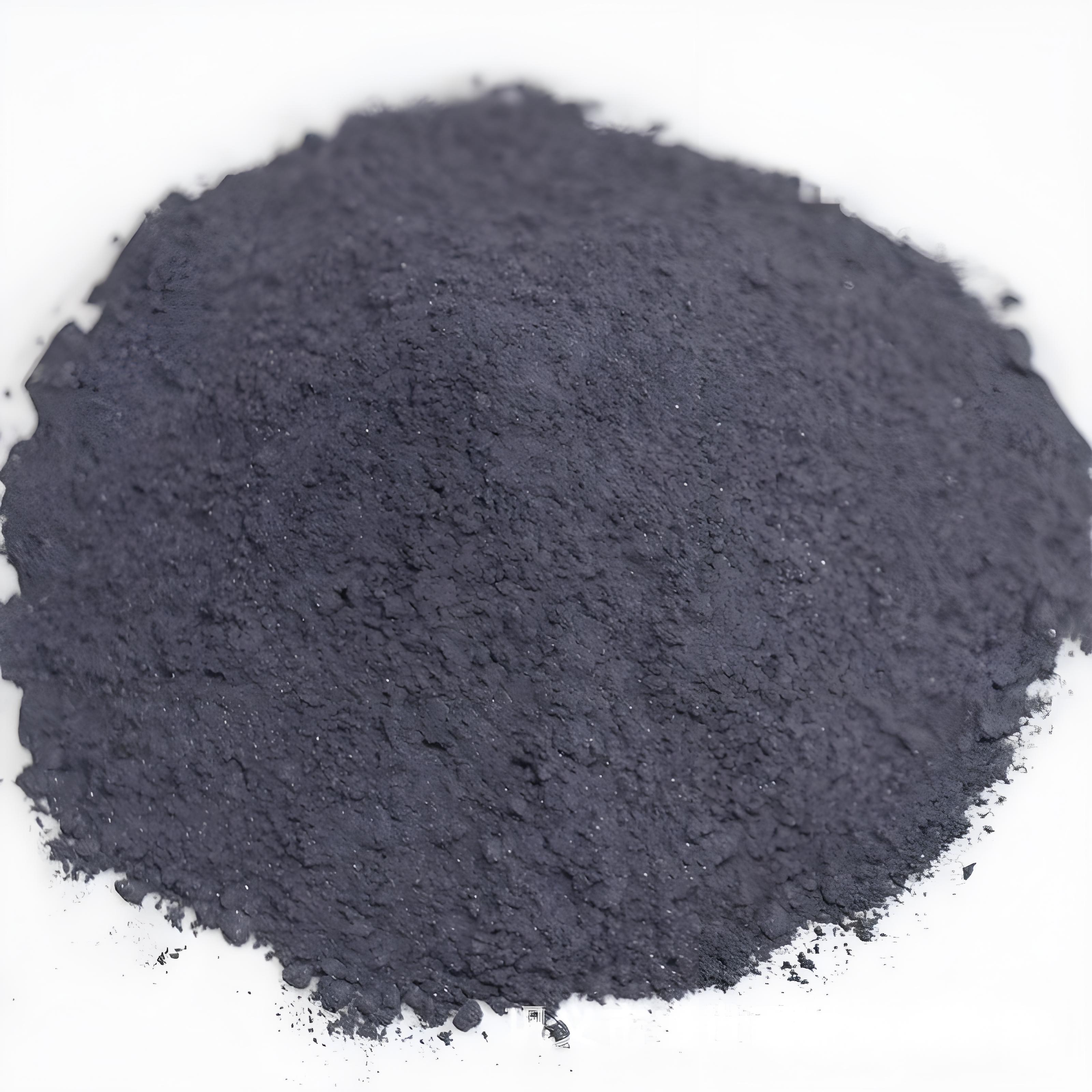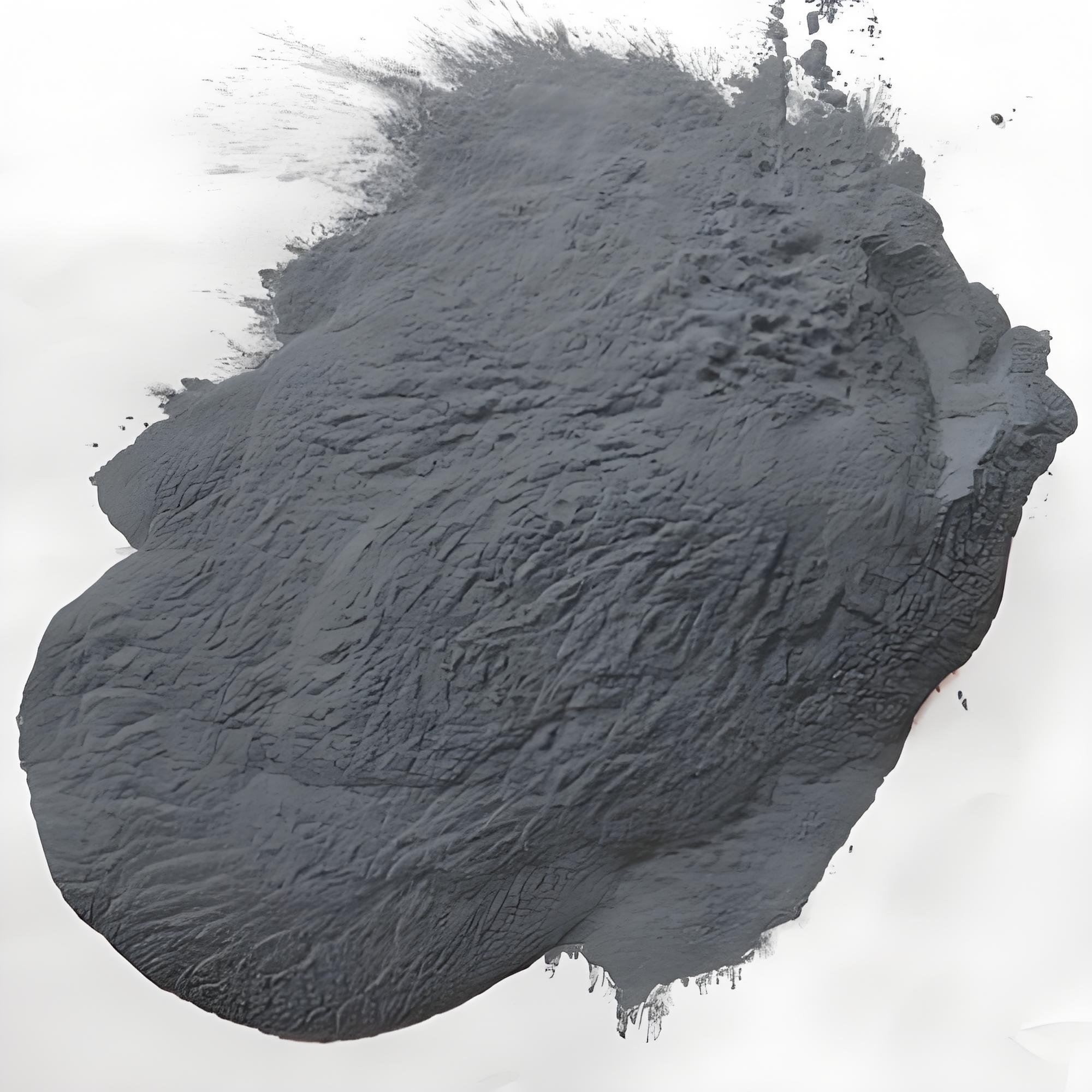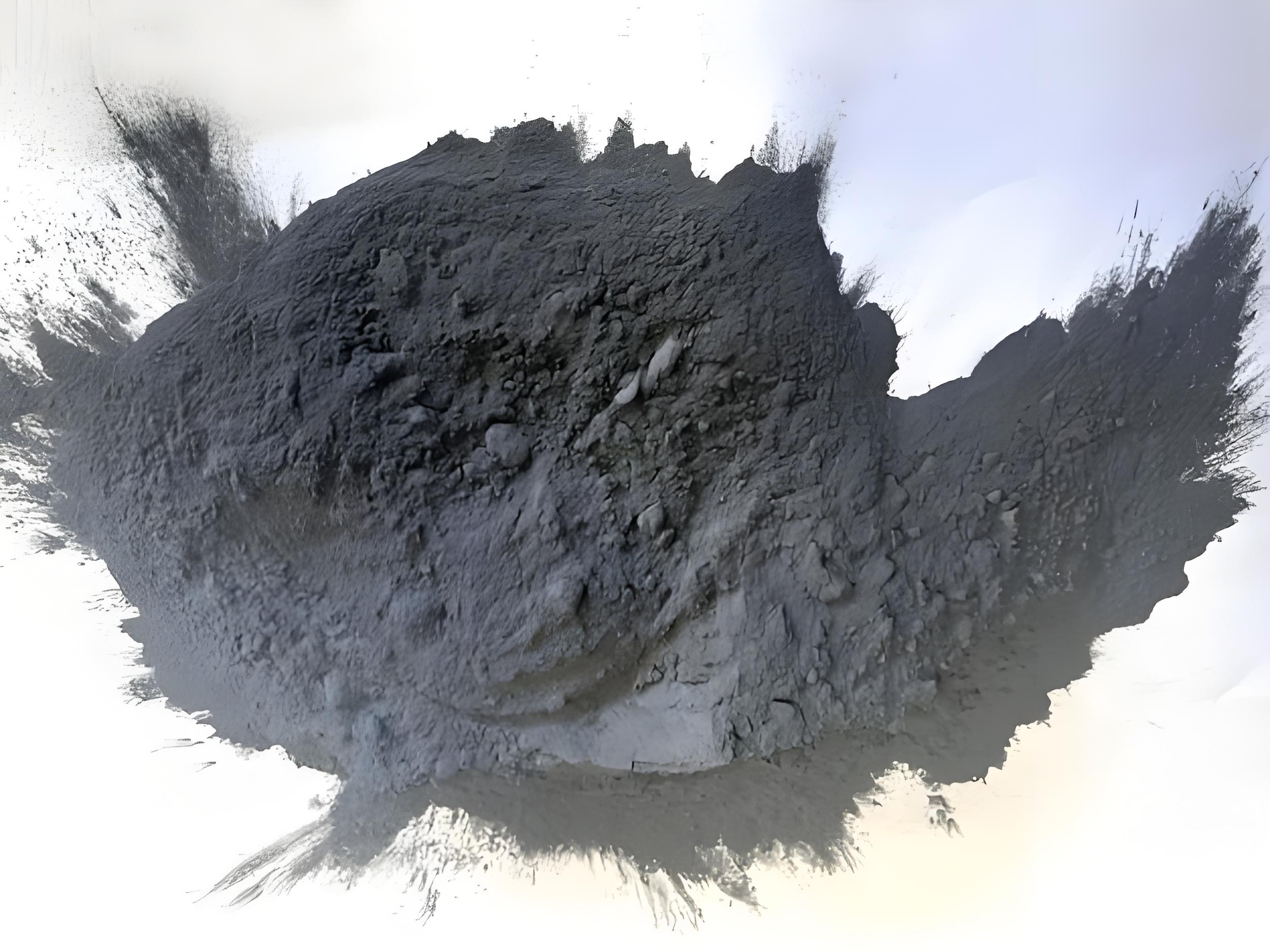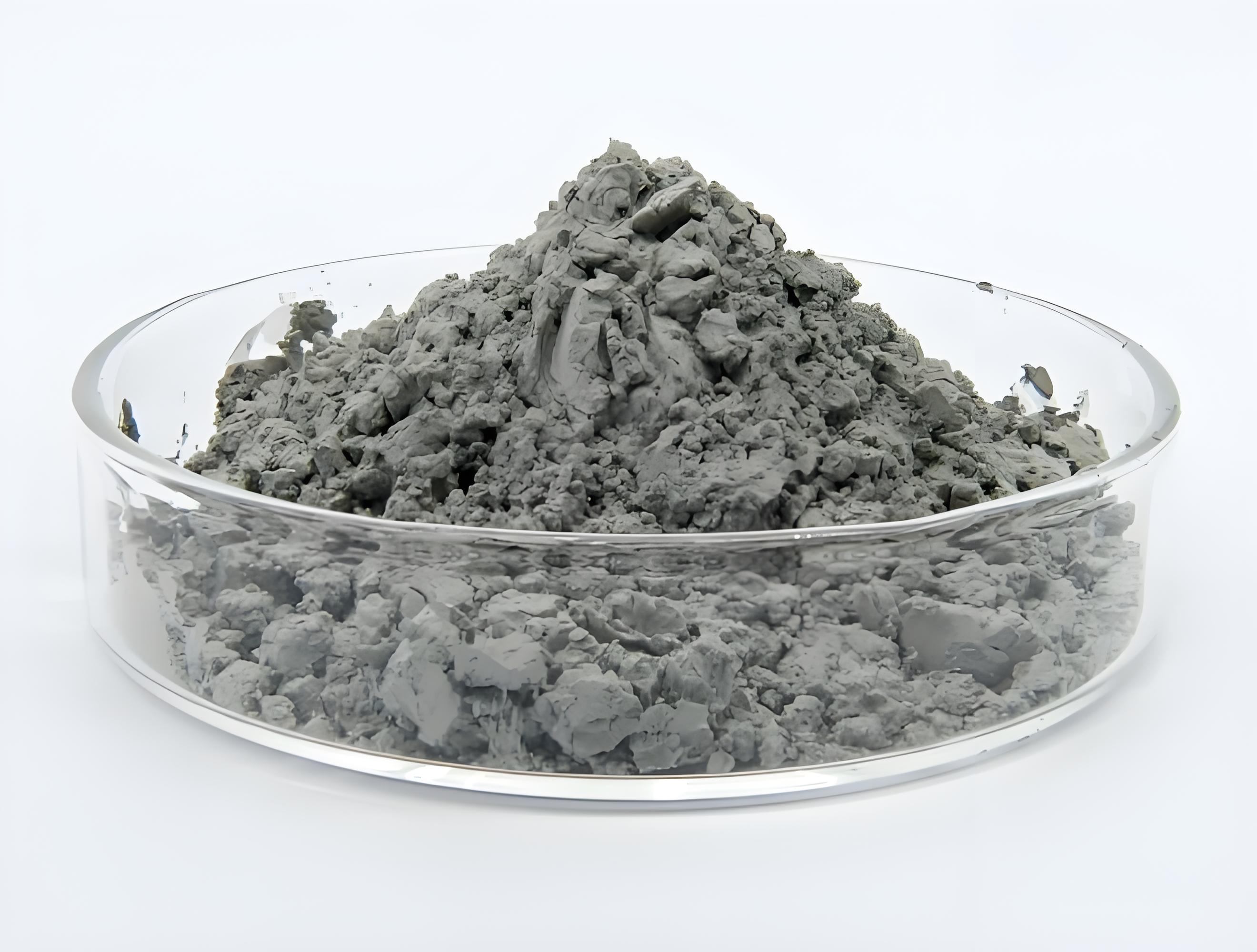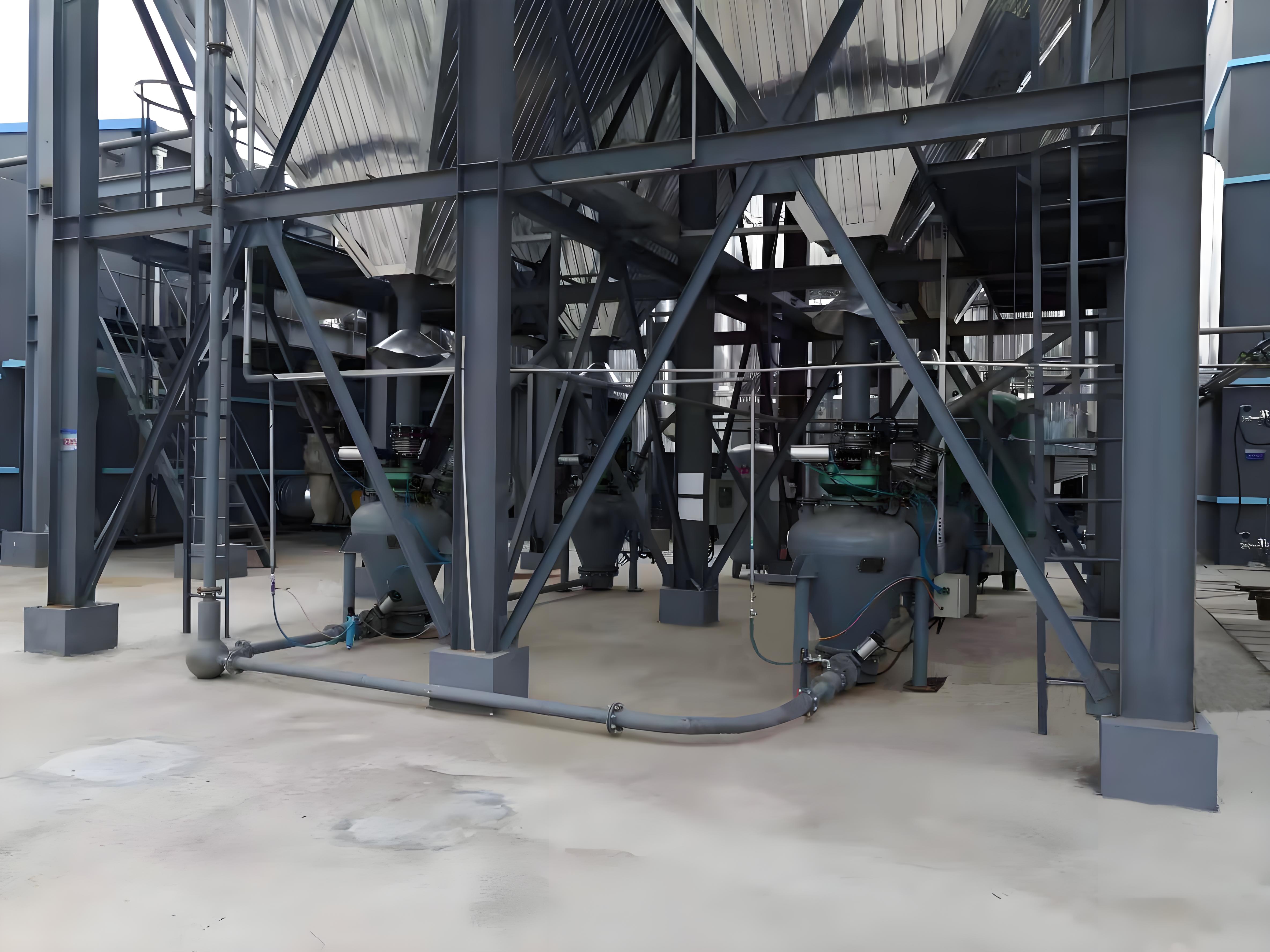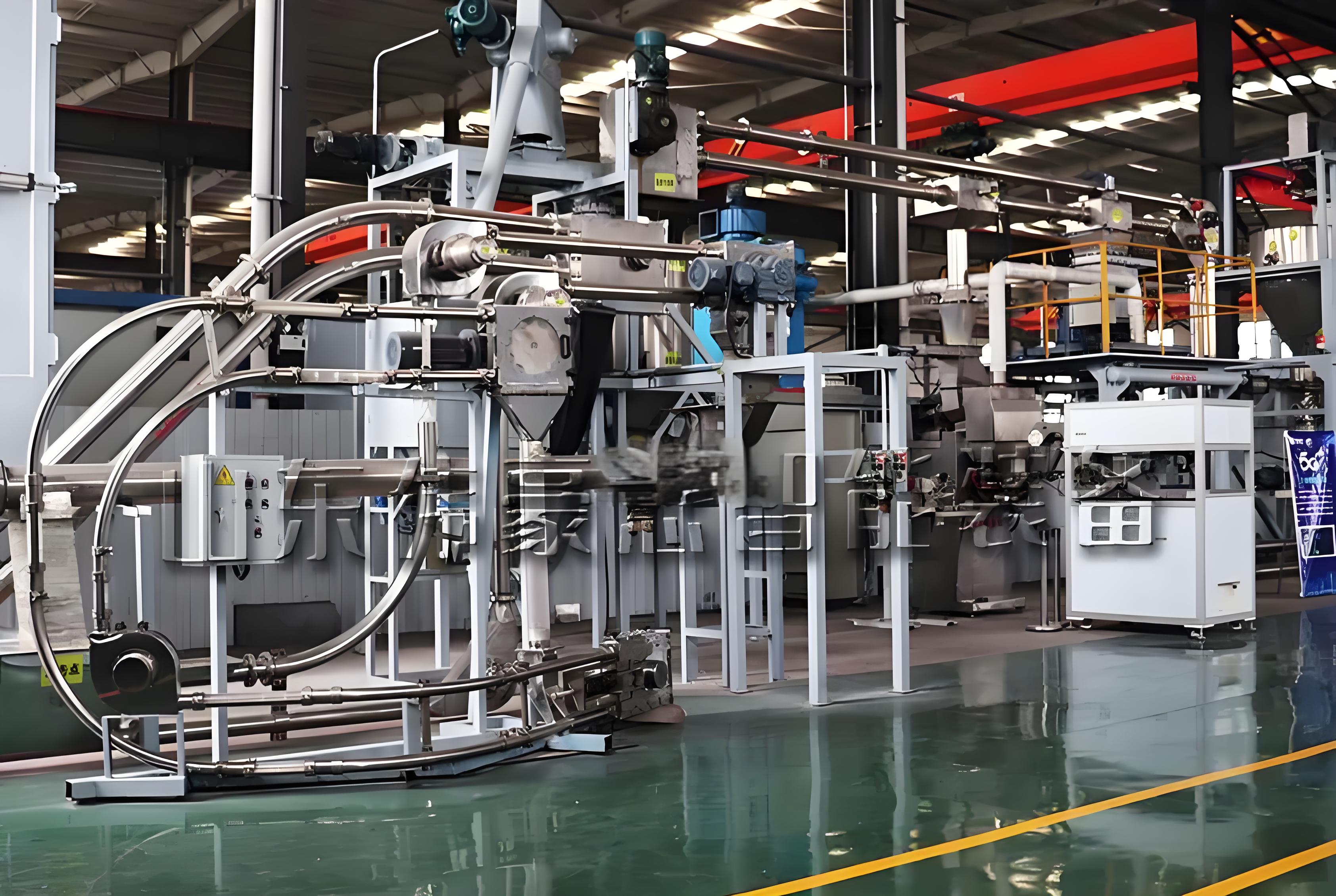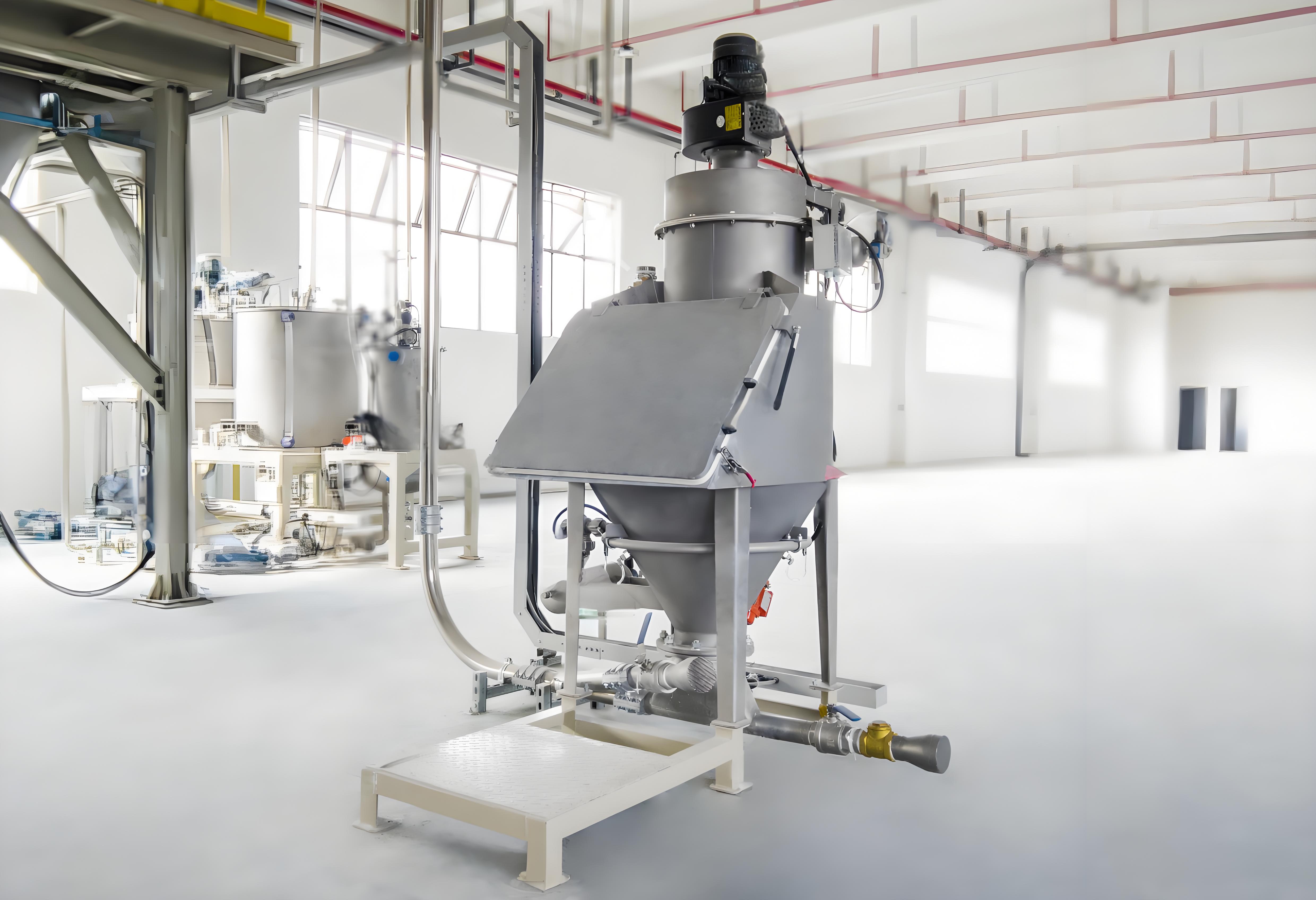Pneumatic conveying of silicon carbon composite materials
Shandong Dongkai can provide turnkey projects such as process demonstration, design, equipment production, equipment installation, and system debugging for silicon carbon composite pneumatic conveying systems based on the actual production and on-site layout of silicon carbon composite materials.
Silicon carbon composite materials, with their excellent cycling stability and high energy density, are gradually becoming a new favorite in the research of negative electrode materials for lithium-ion batteries, and are expected to challenge the dominant position of graphite. The selection of composite methods and carbon materials has a profound impact on the microstructure and electrochemical behavior of silicon carbon composite materials. At present, the carbon matrix in common silicon carbon composite negative electrode materials includes graphite carbon, amorphous carbon, intermediate phase carbon microspheres, carbon fibers, carbon nanotubes, and graphene.
Different types of carbon materials, such as graphite carbon, amorphous carbon, etc., provide diverse microstructures for silicon carbon composite materials and affect their electrochemical behavior.
